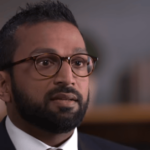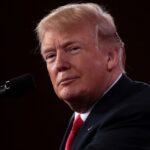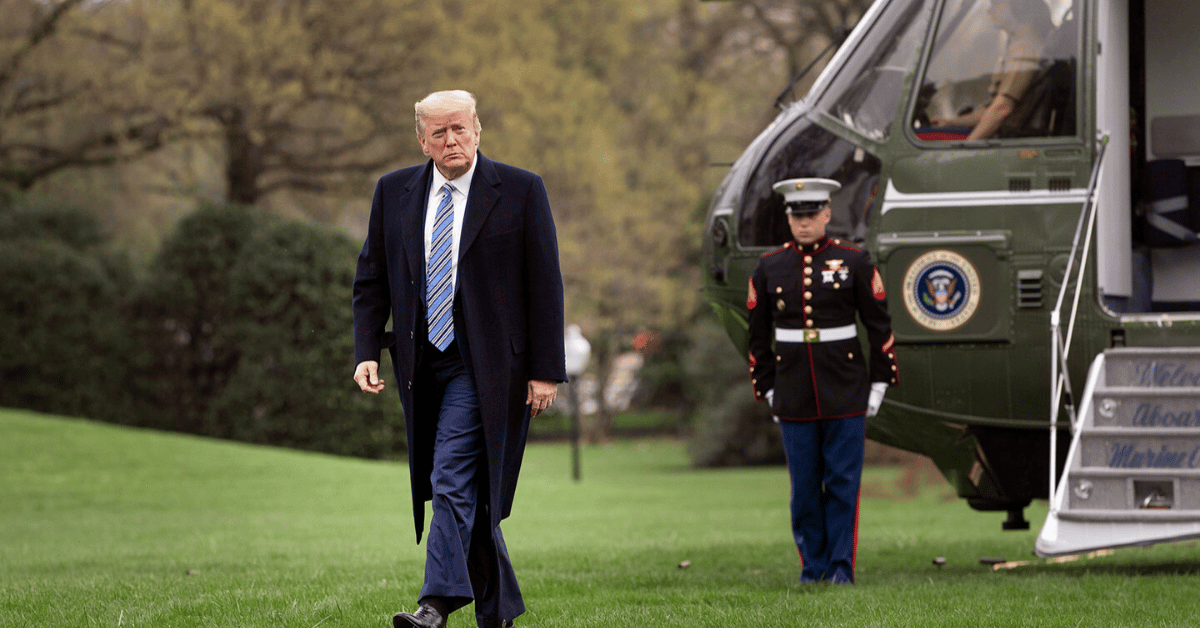
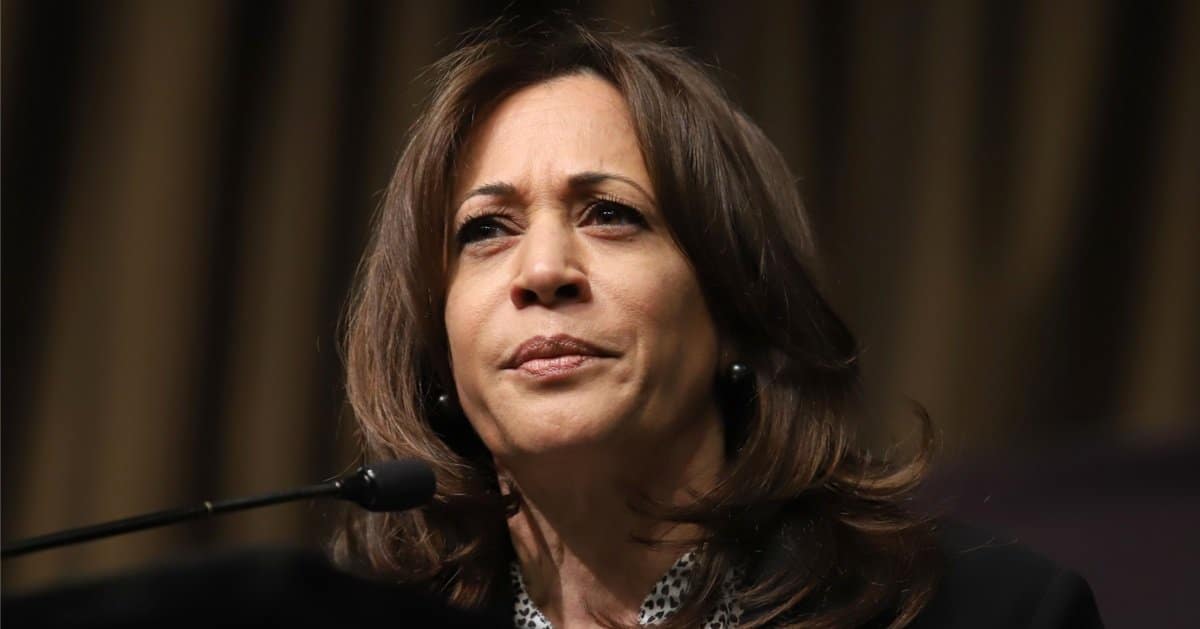
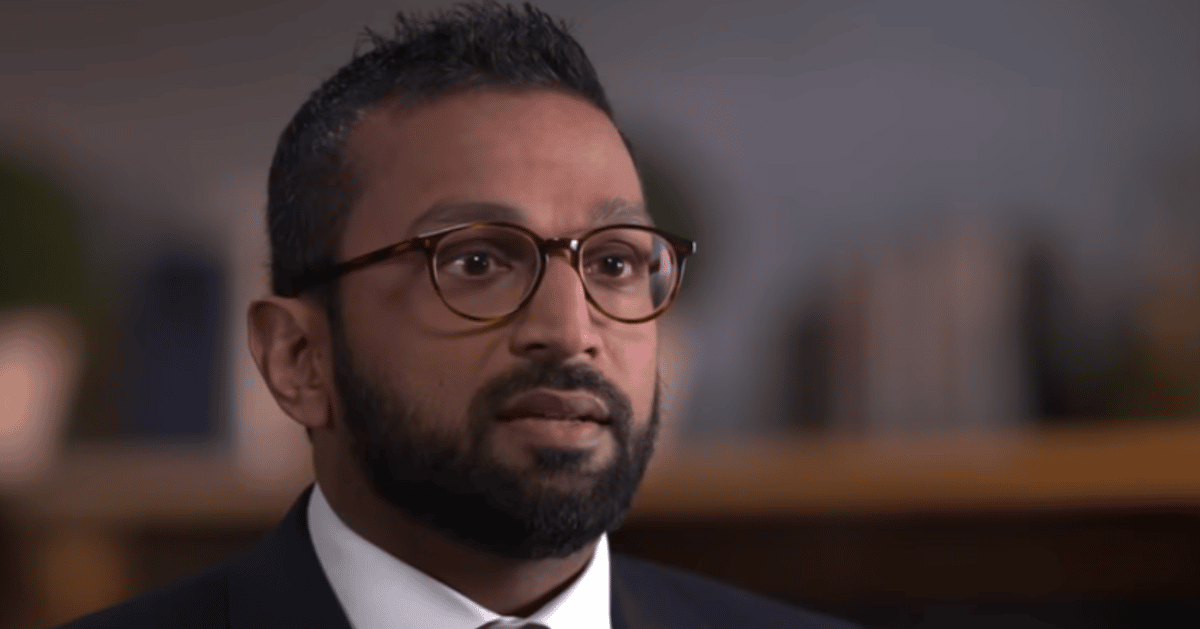

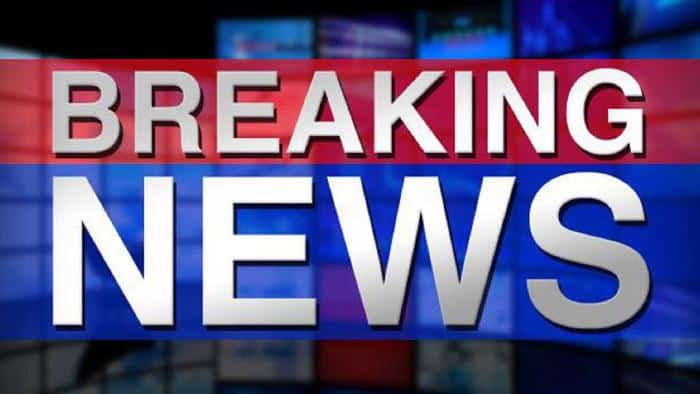
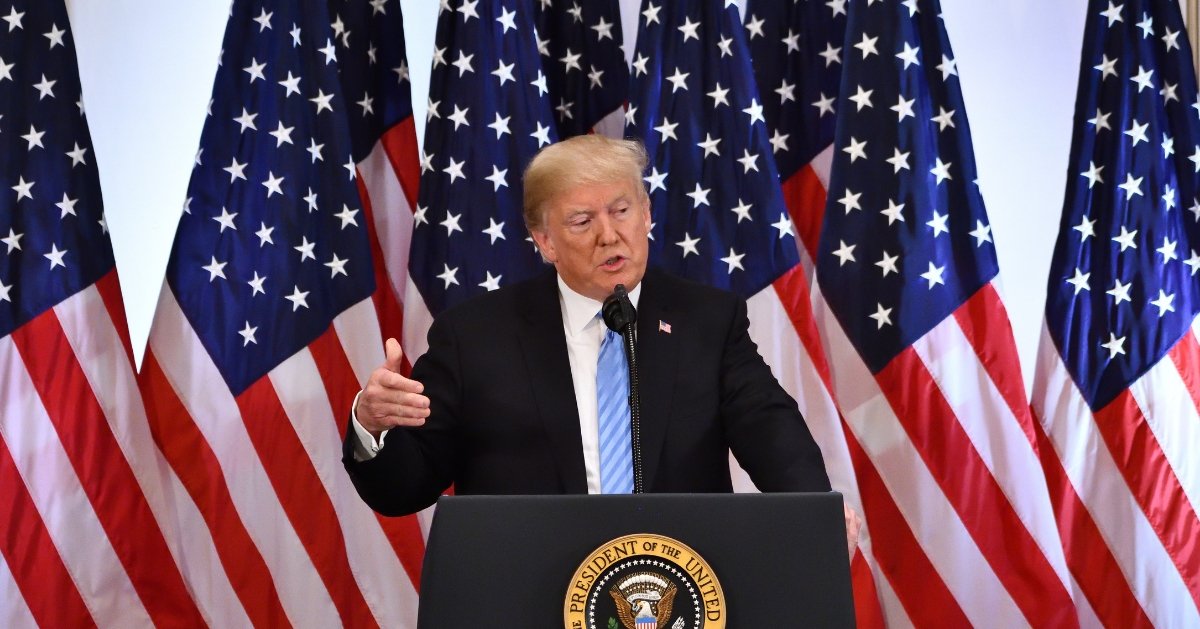
Russian President Vladimir Putin’s plane touches down in Alaska this Friday, a bold move for a leader who hasn’t set foot in the U.S. since 2015.
Fox News reported that Putin will meet President Donald Trump to discuss a possible ceasefire in Ukraine, a conflict sparked by Russia’s 2022 invasion, though the talks’ outcome hangs in the air like Arctic fog. This summit marks the first face-to-face between a U.S. president and Putin since that invasion.
Trump’s choice of Alaska over European locales like Hungary or Switzerland raises eyebrows, sidestepping NATO and ICC complications.
Putin’s last U.S. visit was a 2015 U.N. General Assembly trip to New York, where he met then-President Barack Obama.
His most recent U.S. presidential sit-down was with Joe Biden in Geneva in 2021, a far cry from the icy Alaskan backdrop now set. Trump and Putin’s prior meeting in Helsinki in 2018 sets a precedent, but this feels different—more urgent, less predictable.
Trump announced the Alaska meeting on Monday, August 11, 2025, catching the world off guard. “Very respectful that the president of Russia is coming to our country,” Trump said, framing the choice as a diplomatic flex.
But picking Alaska over Hungary, led by Putin-friendly Viktor Orbán, or neutral Switzerland, dodges Europe’s security sensitivities and the ICC’s 2023 arrest warrant for Putin.
Alaska’s selection isn’t just logistics; it’s symbolic. “Born as Russian America—Orthodox roots, forts, fur trade—Alaska echoes those ties,” said Kirill Dmitriev, calling it the “perfect stage.” Yet, this stage feels like a sidestep, keeping European leaders like Poland’s Donald Tusk or Ukraine’s Volodymyr Zelenskyy at arm’s length.
“They probably avoided Europe, because if they included Europe, then Europe would have demanded that they’re actually at the table,” said Dan Hoffman, a former CIA officer.
His point cuts sharply: this summit risks sidelining Ukraine and its allies. A conservative lens sees this as pragmatic, avoiding the progressive clamor for multilateral posturing, but it’s a gamble that could isolate key players.
The summit’s stated goal is a Ukraine ceasefire, a thorny issue given Putin’s track record. “I’d like to see a ceasefire. It takes two to tango,” Trump said, signaling openness but no promises. His reluctance to commit—“I’m not going to make a deal. It’s not up to me”—suggests he’s playing a long game, not chasing quick wins.
Trump’s approach is classic: bold, unpredictable, and defiant of the establishment’s playbook. “I may say, ‘lots of luck, keep fighting,’ or I may say, ‘we can make a deal,’” he added. This flexibility could either broker peace or leave Zelenskyy twisting in the wind, a concern for those wary of cozying up to Moscow.
European leaders aren’t sitting idly by. On May 16, 2025, Tusk, Zelenskyy, France’s Emmanuel Macron, Britain’s Keir Starmer, and Germany’s Friedrich Merz called Trump during a summit in Albania.
Their message? Don’t cut deals without Ukraine’s voice—a plea that resonates with conservatives who value sovereignty but distrust globalist groupthink.
Alaska’s Senator Lisa Murkowski sees opportunity in the summit’s locale. “Another opportunity for the Arctic to serve as a venue that brings together world leaders,” she said.
But her cautious hope—“I remain deeply wary of Putin and his regime”—mirrors the skepticism of those who fear Trump’s deal-making could tilt too far toward Moscow’s interests.
The choice of Alaska over Italy, which Putin rejected for its pro-Ukraine stance, or Switzerland, with its ICC ties, is telling.
It’s a nod to realpolitik, avoiding venues where Putin might face legal or diplomatic heat. Yet, this move risks alienating Europe, where leaders like Macron and Starmer push for a united front against Russia.
“It also exposes the challenge that you can’t solve this without Ukraine and Europe,” Hoffman noted. His warning underscores a conservative principle: unilateral moves, while bold, can backfire if they ignore allies. The summit’s secrecy—its exact Alaskan location undisclosed—only fuels suspicions of a deal cooked up behind closed doors.
Trump’s promise to share any “fair deal” with Zelenskyy and NATO first is a nod to transparency, but it’s a thin reassurance. “And if it’s a fair deal, I’ll reveal it to the European Union leaders,” he said. Critics on the left might cry foul, but conservatives see this as Trump keeping his cards close, avoiding the woke trap of overpromising.
“No one can predict what’s going to happen,” Hoffman said, capturing the summit’s uncertainty. Even Trump admits, “We’re going to see what he has in mind.” This lack of clarity frustrates globalist elites but aligns with a MAGA ethos: negotiate hard, trust sparingly, and keep America first.
